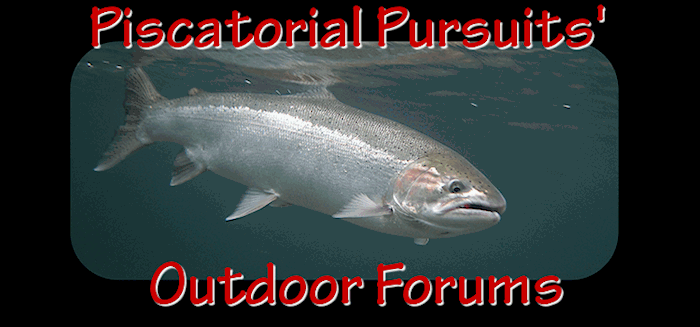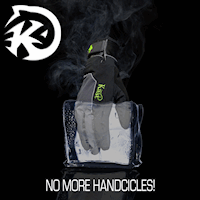Bob -
I'm with Parker's source on this. Often see eggs that look somewhat like those in the pictures in summer steelhead this time of the year. Basically over the course of the summer/fall the fish has exhausted all its fat reserves and begins to re-absorb their eggs in a last ditch effort to stay alive. Those eggs look to be in the early stages of this process.
In hatchery summer brood stocks typically as much as 5% of the females will do this. On years with low flows/high water temperatures this per centage increases. What is interesting is that as the fish re-absorbs its eggs its maturation stops and the fish takes on chrome bright coloration. It looks like a new fish (though thin) that is immature. In advance stage of re-absorbtion all the eggs will turn whitish/yellowish with the eggs collapsing or shrinking.
The small white dots that one typically sees in a healthy skein of steelhead eggs are actually next year's eggs. Almost immediately after spawning the females ovaries shrink down to thumb size filled with pin-head to match-head size eggs. Another interesting fact is that the fish generally has more eggs the second time it spawns than the first time.
Once again the female will brighten quickly and sometimes folks confuse a spawned out fish with a new summer fish (lack of fat in the body cavity and pale flesh is a give away that it is a spawned out).
It is possible that coho might go through a similar process on years like this year where they may be forced to delay spawning for weeks. Not certain about that as I have little experience with looking at wild coho eggs near spawning - those coho that I have cleaned over the years have been limited to bright fish from marine or tide waters.
Tight lines
Smalma













 Previous Topic
Previous Topic Index
Index



